Von Willebrand Disease Inheritance Pattern
Von willebrand disease inheritance pattern. It affects males and females in equal numbers although it is diagnosed more often in women because women have more associated symptoms ie. Type 2 abnormal vWF has several subtypes and is less common. There are two main inheritance patterns for VWD.
The VWD gene is stronger or dominant over the normal gene. Most cases of type 1 and type 2 von Willebrand disease are inherited in an autosomal dominant pattern which means one copy of the altered gene in each cell is sufficient to cause the disorder. Heavy menstrual bleeding and bleeding after childbirth.
Dominant and recessive patterns of inheritance exist. There are three main types of von Willebrand disease. And type 3 absence of vWF which is.
In the most commonly observed form there is autosomal dominant inheritance and most patients are heterozygotes. VWD is inherited by autosomal dominant or recessive patterns but women with mild forms are more symptomatic. The type of VWD a person is born with mostly depends on whether they inherit copies of this faulty gene from 1 or both parents.
Most people who have von Willebrand disease VWD are born with it. In most type 1 and type 2A 2B and 2M VWD the VWD gene is dominant. Although VWD type 1 and 2 are generally inherited in an autosomal-dominant pattern VWD type 3 is inherited in an autosomal-recessive pattern.
VWD can be passed down from either the mother or the father or both to the child. VWD displays a wide range of different phenotypes resulting from mutation to its several different domains VWD inheritance pattern can be dominant codominant or recessive dependent on the contribution of different mutations to phenotype. Von Willebrand disease is a bleeding disorder that slows the blood clotting process.
People with this disease often experience bruising nosebleeds and prolonged bleeding or oozing following an injury affer surgery or having a tooth pulledAffected women may have heavy menstrual bleeding. A family is described in which the mother is a haemophilia carrier the father has asymptomatic type IIA von Willebrands disease and their second son has simultaneously inherited both severe haemophilia and type IIA von Willebrands disease.
There are three main types of von Willebrand disease.
The type of VWD a person is born with mostly depends on whether they inherit copies of this faulty gene from 1 or both parents. This means that unlike haemophilia which affects more males von Willebrand disease affects males and females in equal numbers. How von Willebrand disease is inherited VWD is often caused by a fault in the gene involved in the production of von Willebrand factor. In most type 1 and type 2A 2B and 2M VWD the VWD gene is dominant. This means that if a child gets a normal gene from one parent and a gene for one of these types of VWD from the other parent the child will have VWD. The VWD gene is stronger or dominant over the normal gene. To find out if a person has von Willebrand disease VWD the doctor will ask questions about personal and family histories of bleeding. Type 3 some cases of type 2 and a small number of type 1 cases of von Willebrand disease are inherited in an autosomal recessive pattern which means both copies of the gene in each cell have mutations. VWD is inherited by autosomal dominant or recessive patterns but women with mild forms are more symptomatic.
To find out if a person has von Willebrand disease VWD the doctor will ask questions about personal and family histories of bleeding. In the present report we describe the use of this polymorphism as a genetic marker to study the inheritance pattern in five families affected with various types of von Willebrand disease vWD. To find out if a person has von Willebrand disease VWD the doctor will ask questions about personal and family histories of bleeding. Von Willebrand disease VWD is the most frequent inherited bleeding disorder and is due to quantitative types 1 and 3 or qualitative type 2 defects of von Willebrand factor VWF. It almost always is inherited or passed down from a parent to a child. A large number of patients with VWD inherit the disease according to classic Mendelian genetics. And type 3 absence of vWF which is.
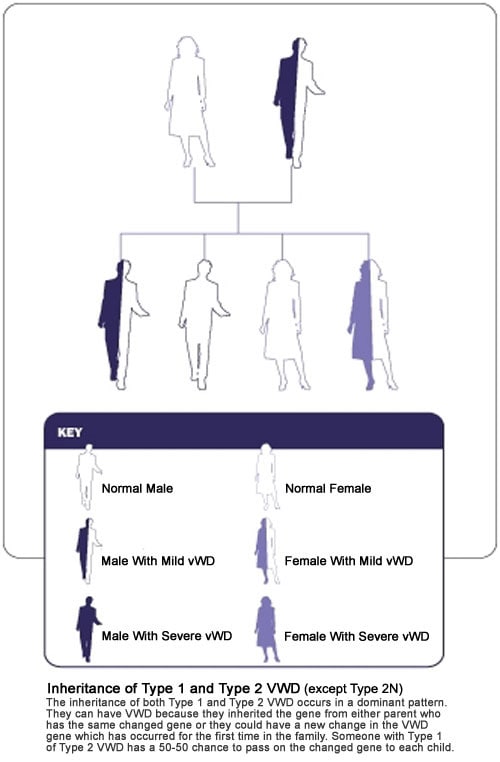
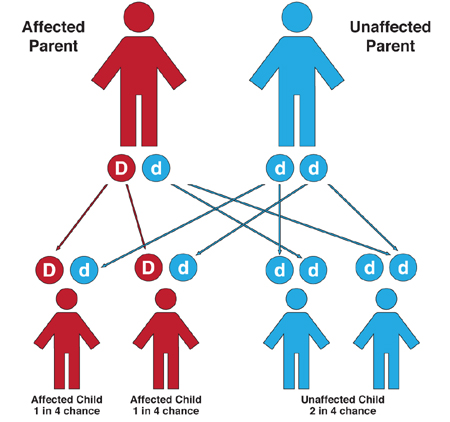

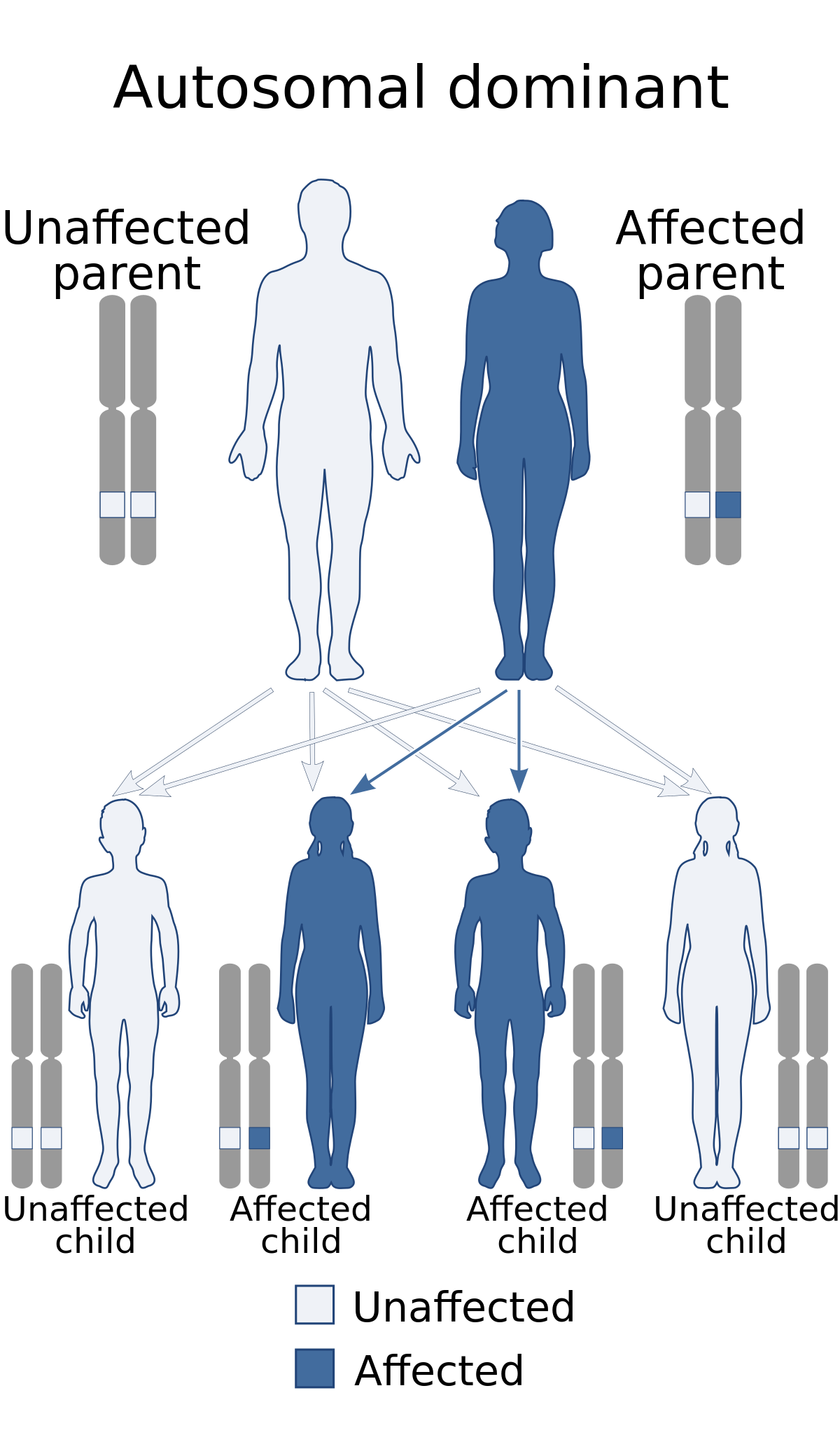
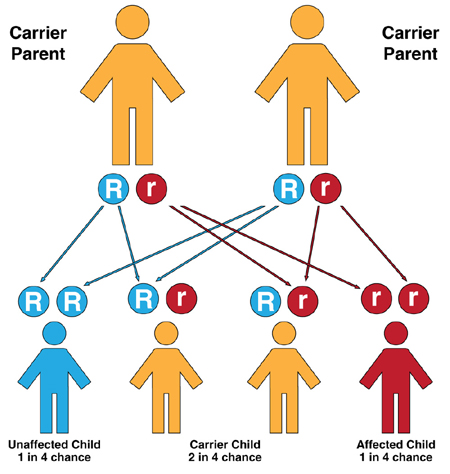


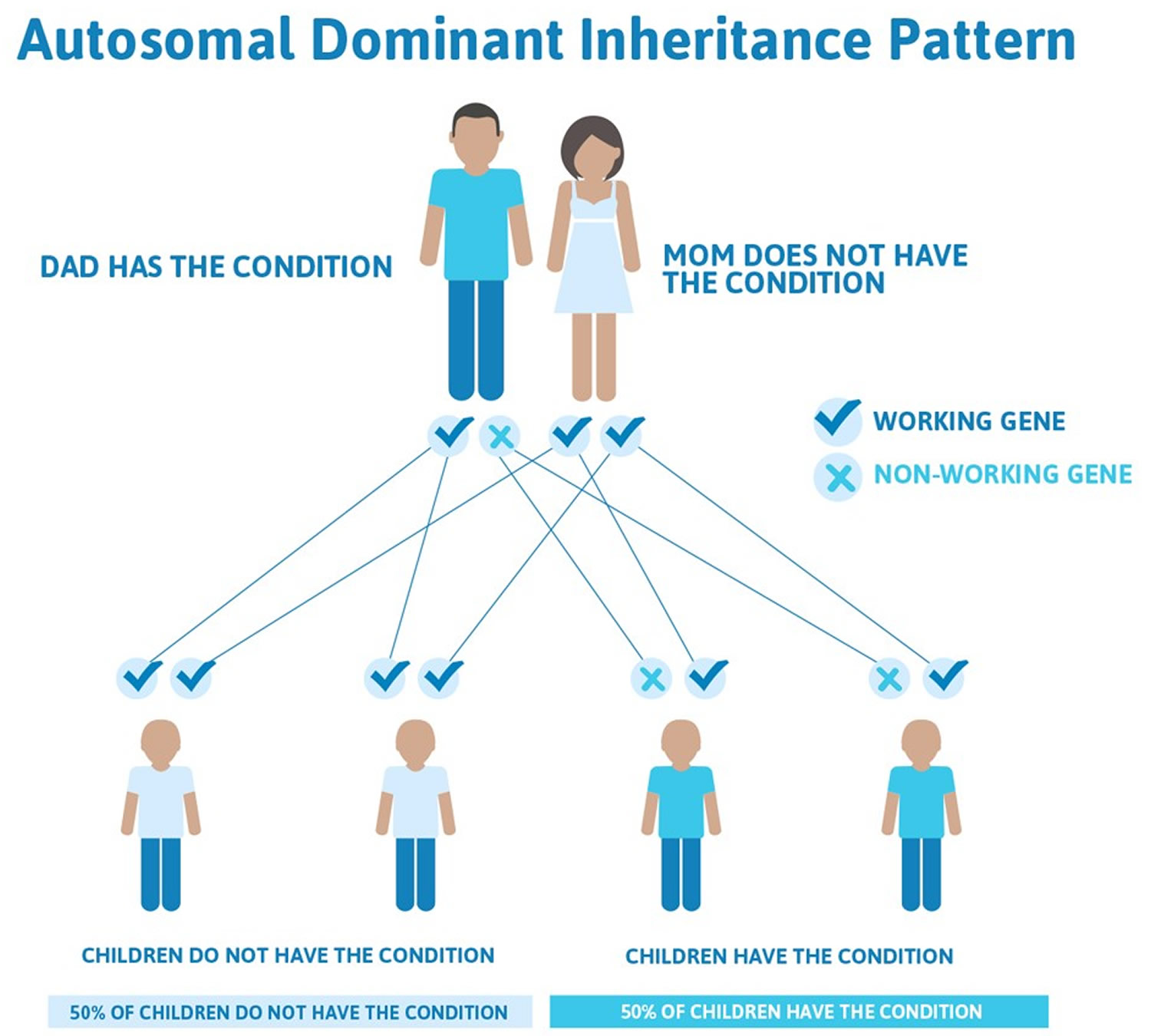



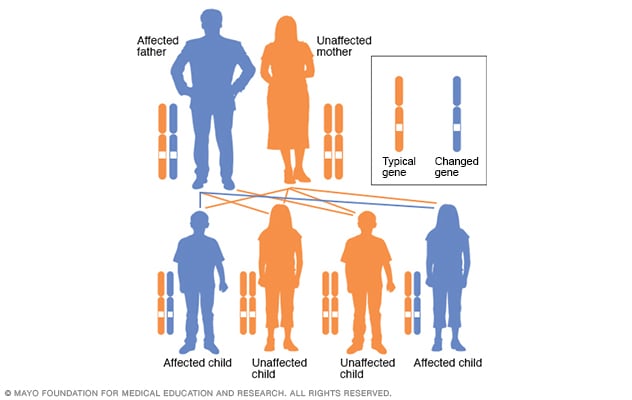







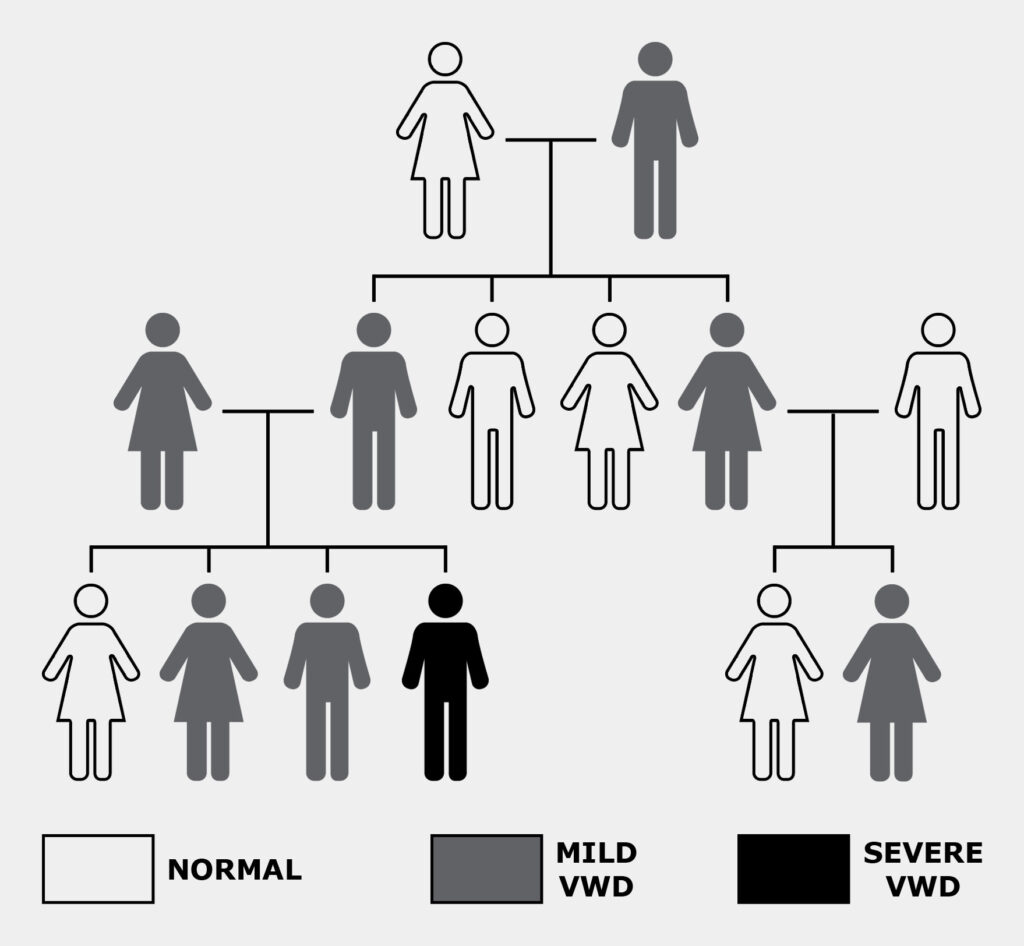








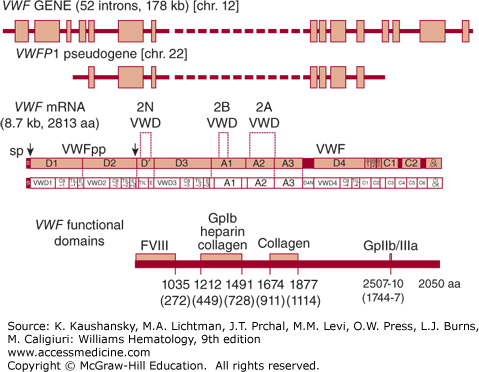

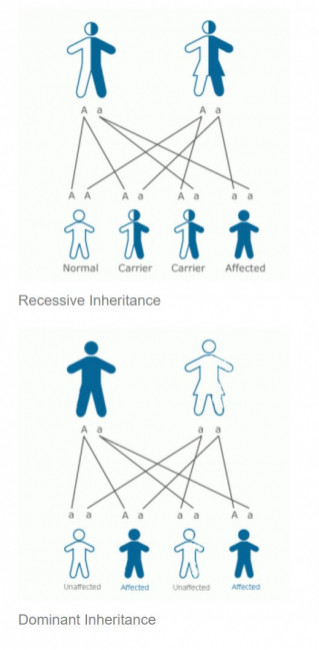

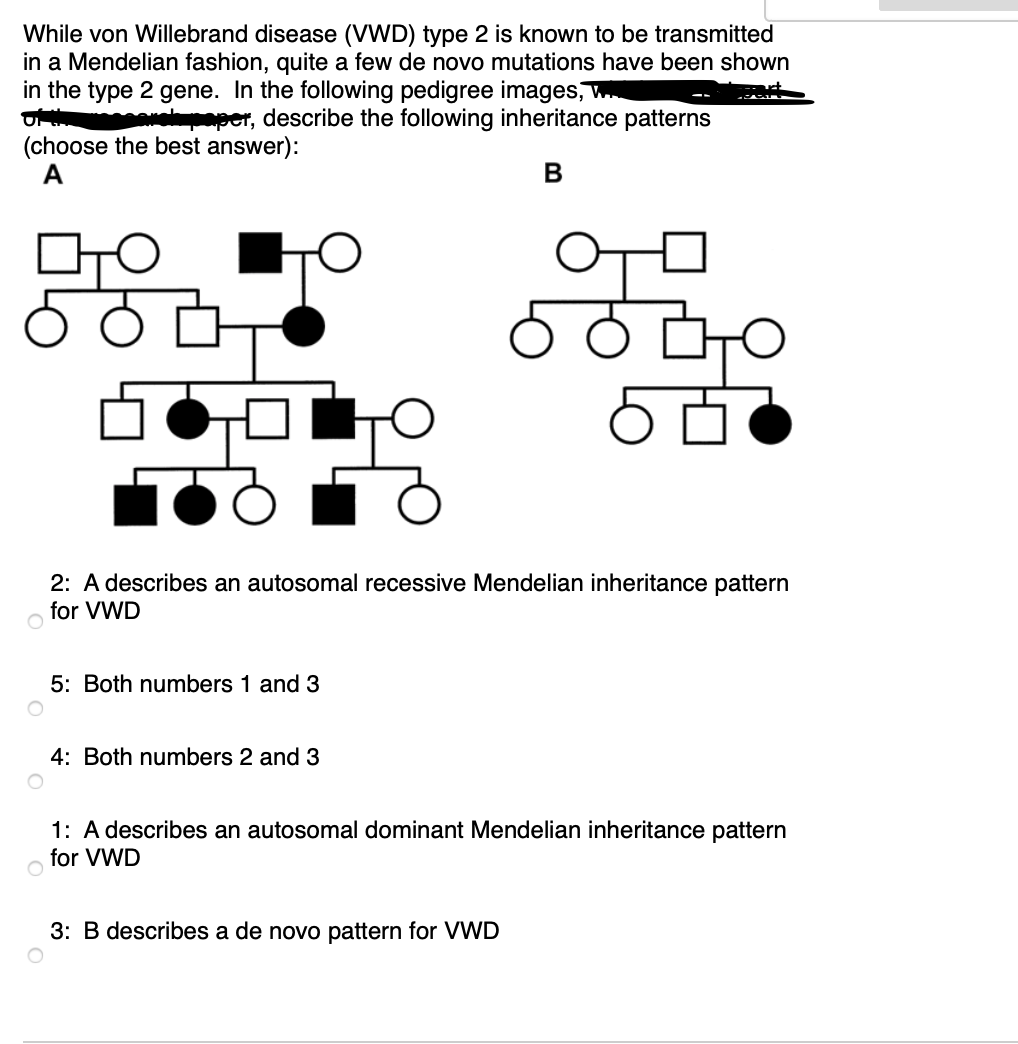


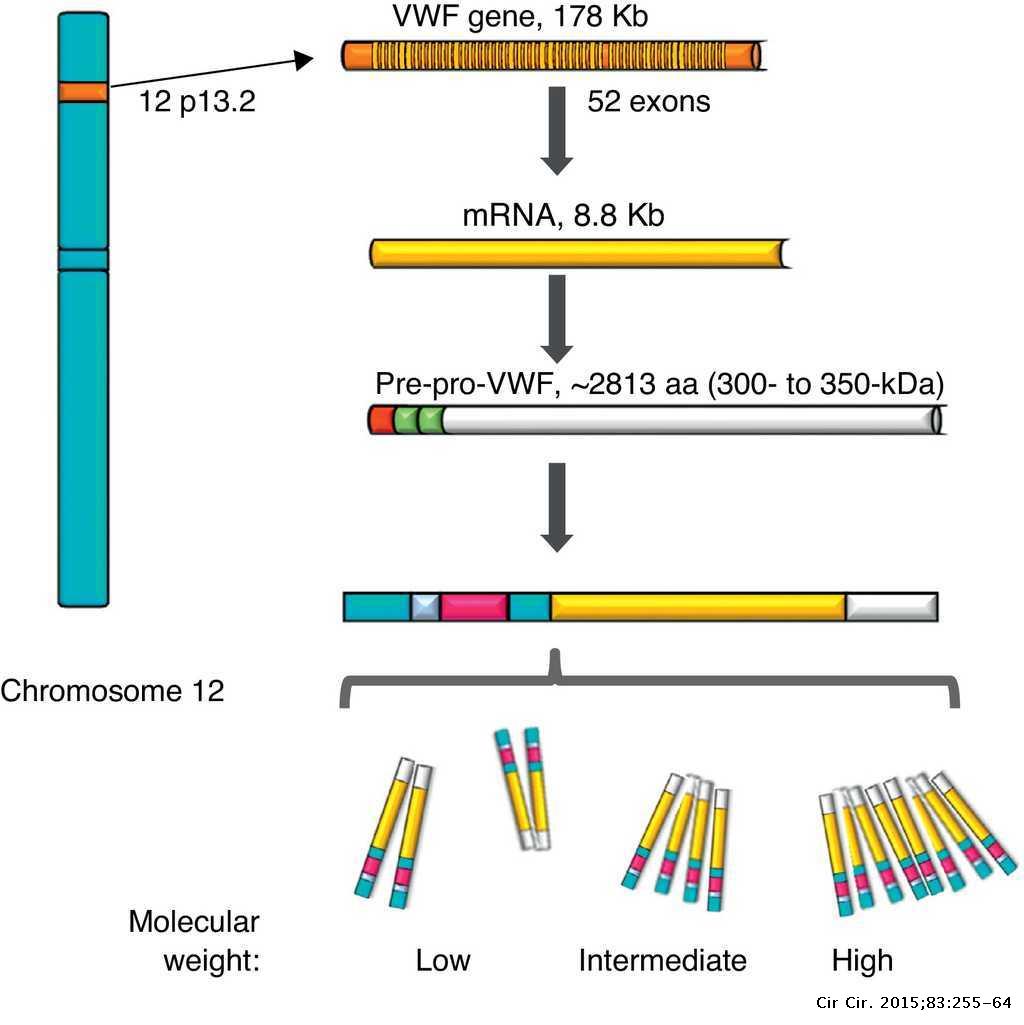







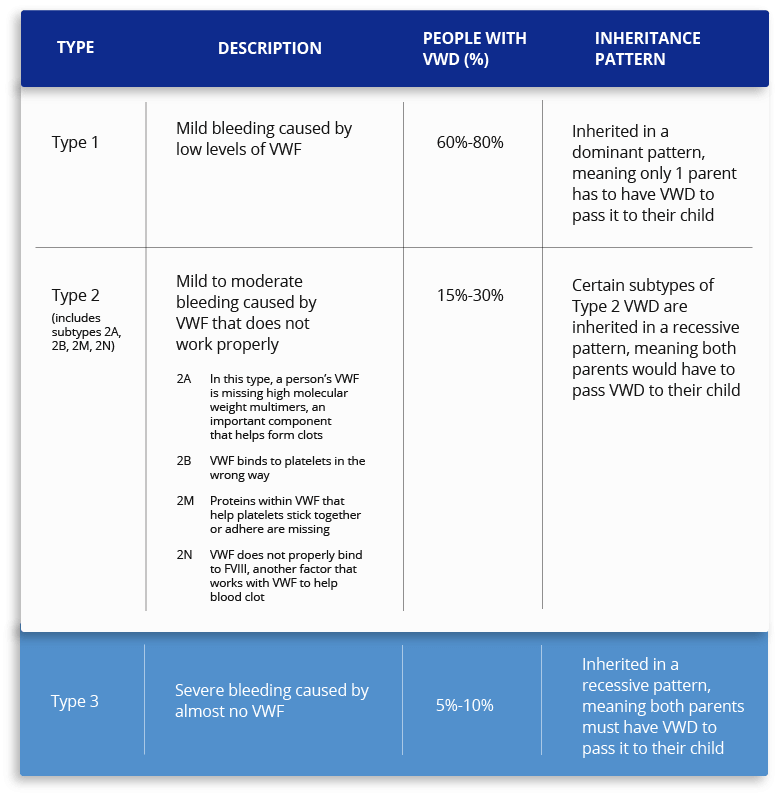
Posting Komentar untuk "Von Willebrand Disease Inheritance Pattern"